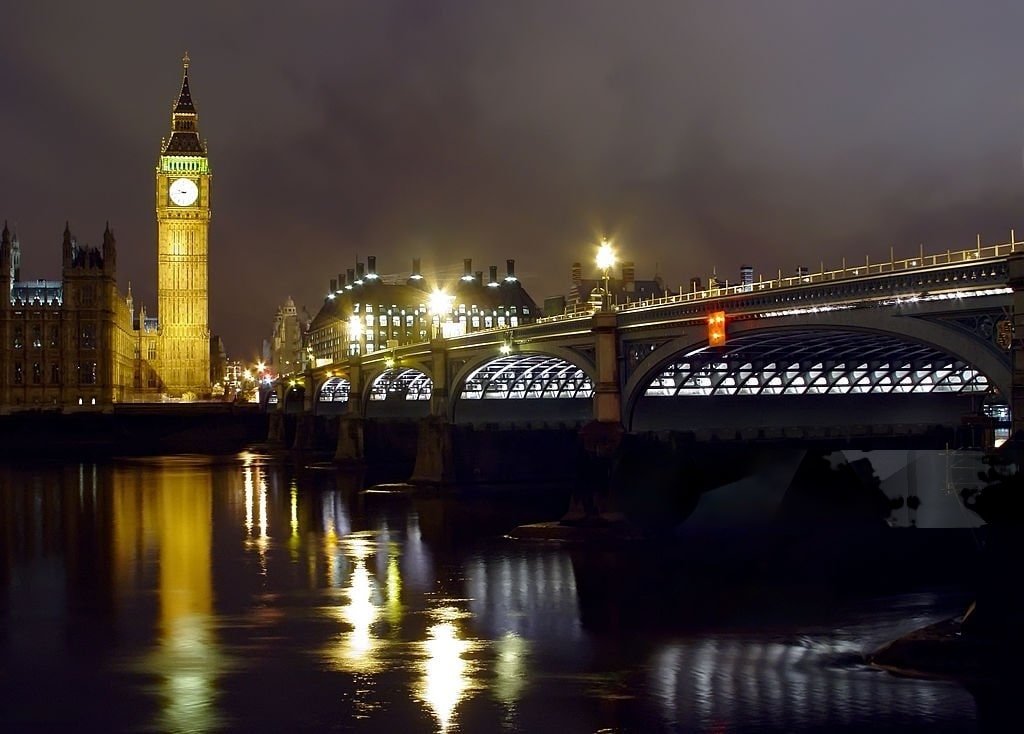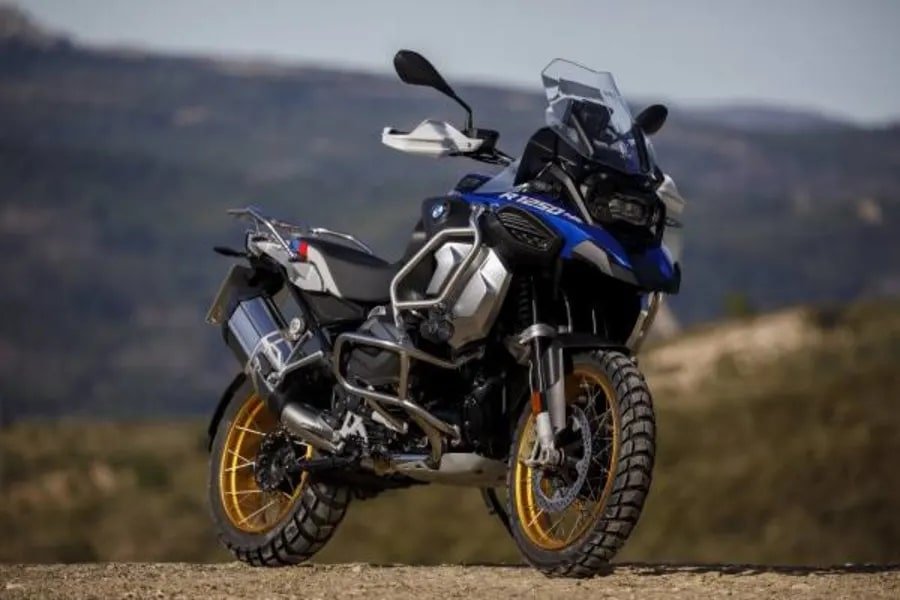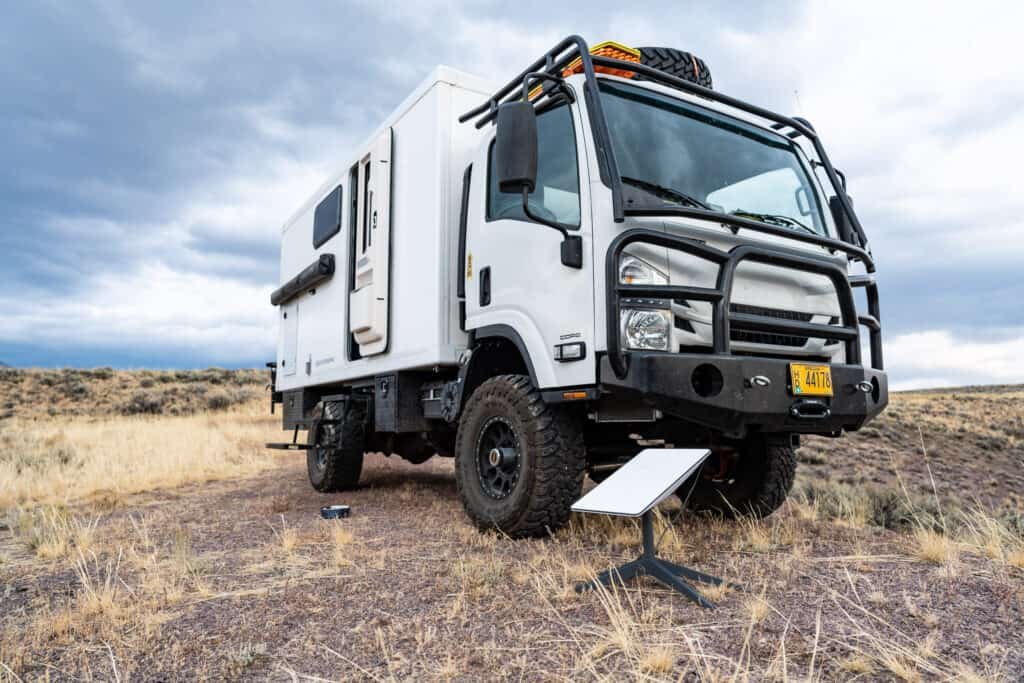Camping can be a refreshing escape from our everyday routines. It lets us immerse ourselves in nature, often with little more than a backpack and a sense of adventure. However, safety should always be at the forefront of any camper’s mind, and proper illumination is critical.
Lighting isn’t just about finding your way back to your tent after a midnight bathroom trip. It plays a vital role in various camping activities and can significantly enhance our overall safety in the great outdoors. Good illumination is paramount, from setting up your camp and cooking to navigating dark trails and signaling for help in emergencies.
In this post, we’ll explore the role of light in camping, the potential risks associated with poor illumination, and various illumination tools that can make your camping trip safer.
The Role of Light in Camping
Camping is an adventure that often leads us into the heart of nature, where ambient light can be scarce, especially after sunset. Here, artificial illumination steps in as a safety tool that plays several vital roles in our camping escapades.
Firstly, setting up camp can be a breeze during the day, but it’s a different ball game once the sun sets. Even everyday actions become a challenge. A well-lit area helps us pitch tents, unpack gear, and create a comfortable living space more effectively and safely.
Cooking is another area where good lighting is indispensable. Whether checking if your food is cooked, watching out for unwanted critters attracted to your meal, or simply finding that elusive bottle opener, the value of a well-lit cooking area cannot be overstated.
Navigation is another critical aspect. We’ve all had to find our way to the nearest tree in the middle of the night or navigate back to the tent after some stargazing. Having a reliable light source can prevent trips and falls and ensure you’re heading in the right direction.
Finally, in emergencies, light can serve as a beacon. Whether attracting attention to your location or signaling for help, proper illumination can make the difference between a quick rescue and a long, anxious night.
All in all, the role of light in camping extends beyond convenience, and it contributes significantly to safety, efficiency, and peace of mind during our outdoor adventures.
Risks of Poor Illumination
While camping in low light might sound thrilling, the reality is that it can present serious risks. Understanding these potential hazards is essential to fully grasp the importance of proper illumination.
Accidents and Injuries
Without adequate light, everyday camping activities can become unexpectedly hazardous. Tripping over unseen tree roots or rocks, stepping into a hole, or brushing against thorny bushes are all common occurrences that can lead to injuries.
Getting Lost
When it’s dark outside, even familiar surroundings can become disorienting. Trails can look different, you can miss landmarks, and even your campsite can be tough to find. All of these can increase the risk of getting lost.
Disturbing Wildlife
Wild animals are often active at night. Accidentally encroaching on their territory due to poor visibility can lead to dangerous encounters. Good illumination helps to avoid this, as you’ll be more aware of your surroundings and better able to spot any wildlife.
Fire Safety
Finally, poor illumination could lead to fire safety risks. Imagine trying to light a stove or lantern in the dark. It’s not just challenging but potentially dangerous as well.
These are just a few examples of how insufficient light can create safety risks during camping trips. In the next section, we’ll examine various illumination tools and features you should consider to ensure your camping experience is safe and enjoyable.
Options for Camping Illumination
When it comes to camping, one size definitely does not fit all. There’s a variety of illumination tools that can cater to different needs and scenarios.
Some prefer the focused beam of a headlamp, others may opt for the vast radiance of a lantern, while others may choose the versatility of a flashlight. Let’s explore these options.
Headlamps
Headlamps can be a practical hands-free solution for those late-night hikes or setting up camp in the dark. A good headlamp should be comfortable to wear, have adjustable brightness levels, and ideally, a tilt feature for directing the light exactly where it’s needed.
Flashlights
Flashlights are compact, portable, and offer focused lighting. They’re perfect for quick trips outside the tent or for use in emergencies. Look for flashlights with high brightness, a sturdy build, and long battery life.
Camping Lanterns
A camping lantern is a go-to option for illuminating a large area like your campsite or the inside of your tent. Lanterns should offer adjustable brightness, a long battery life, and be durable enough to withstand the occasional knock or fall. Some camping lanterns also come with features like USB charging ports, emergency flashers, or even solar power options.
It’s not about the best tool overall but about the best for your specific needs. Depending on the camping situation, you may find one option more suitable than the others.
Having more than one type of light source as a backup is also a good idea, ensuring you’re well-equipped for a safe and enjoyable camping experience.
The Importance of Backup Lighting Sources
Even with the best preparation, camping can be unpredictable. Batteries die, equipment fails, or items get lost or left behind. It’s in these unforeseen situations that having backup lighting sources can shine.
Ensuring Continuity
If your primary light source fails, having a backup can ensure continuity. It enables you to carry on with essential activities, like cooking or navigating, without significant disruptions.
Providing Variety
Different light sources are designed to serve different purposes. A headlamp might be ideal for a late-night hike, but it may not be as effective in illuminating the inside of your tent or your campsite. Having various lighting options at your disposal ensures you’re well-equipped for all situations.
Emergency Situations
Backup lighting sources can be lifesavers in emergencies. If you need to signal for help or quickly navigate unfamiliar terrain, having an extra flashlight or lantern can make a significant difference.
Conserving Power
Having backup lighting allows you to conserve power. For example, you might use your lantern sparingly to prolong battery life or use your flashlight or headlamp for minor tasks.
In short, backup lighting sources are not just alternatives but essential components of your camping safety toolkit. In the next section, we will provide tips on effectively using these illumination tools to enhance your camping safety.
Best Practices in Using Illumination Tools for Safety
Knowing which lighting tools to bring on your camping trip is only half the battle. The other half is knowing how to use them effectively and safely. Here are some best practices to ensure your illumination tools contribute to a safer camping experience.
Strategic Placement
Whether it’s a headlamp, flashlight, or camping lantern, ensure it’s within easy reach, especially at night. Avoid placing your light source near the edge of a table or high places where it could easily fall and break.
Proper Maintenance
Regularly check your lighting equipment before and after your trips. Ensure that your rechargeable batteries are fully charged, and bring extra batteries for non-rechargeable devices. Regular maintenance can prevent failures and ensure your lighting tools are ready when needed.
Responsible Use
Avoid pointing your flashlight or headlamp directly into people’s eyes, as it can cause temporary blindness. Also, keep your campsite dimly lit to minimize the disturbance to wildlife and fellow campers.
Conservation of Power
Turn off your light source when not in use to conserve power. If your lantern or flashlight has adjustable brightness settings, use the lower settings whenever possible to save battery life.
Emergency Preparedness
Know how to use your light source as a signal in emergencies. Flashing lights on and off can draw attention from a distance, and understanding basic light signaling codes can be beneficial.
Furthermore, modern advancements have integrated QR codes into emergency signaling, allowing individuals to encode vital information such as their location or medical history into a qr code that can be easily scanned by rescuers or emergency personnel.
Understanding these best practices can significantly elevate your camping trip’s safety level. In the end, good illumination isn’t just about seeing and being seen—it’s about safely navigating and thoroughly enjoying the wonder of the outdoors.









